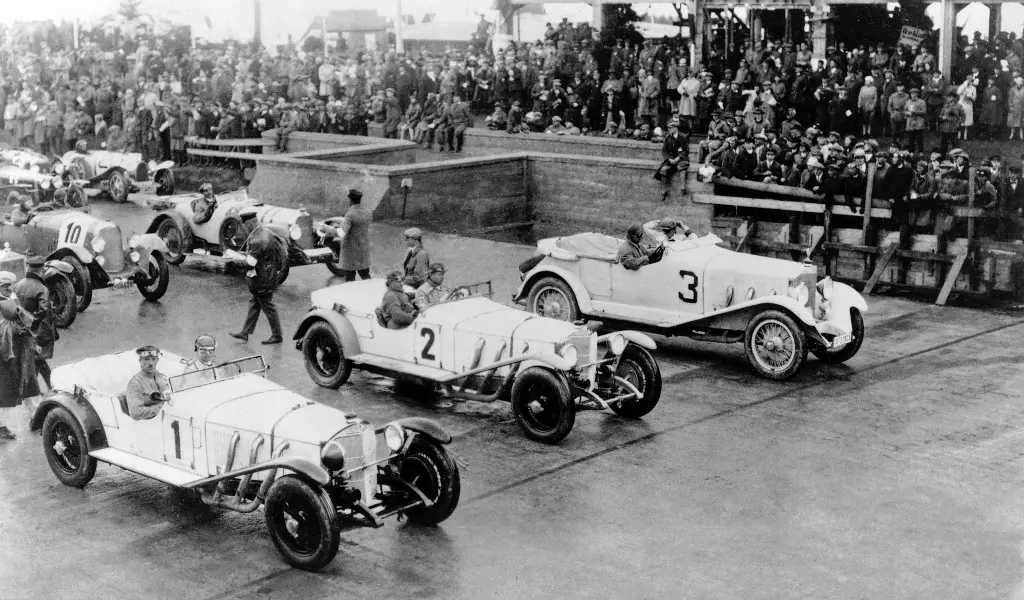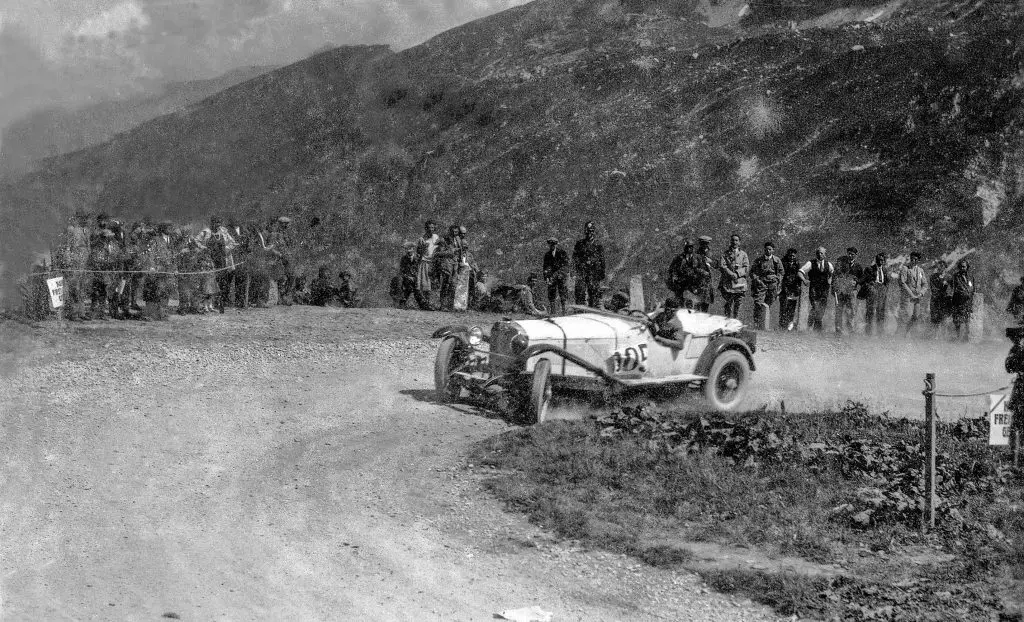The Mercedes-Benz Model S marked the beginning of the German brand's success in motorsport. Developed based on the Model K (1926), the Model S was intended to demonstrate the capabilities of Mercedes-Benz designers and engineers in developing a car capable of surpassing the competition on the track.
The improvements over Model K were significant. The supercharged six-cylinder block with a capacity of 6789 cc – 550 cc more compared to the production model – started to deliver 180 hp of power (more 20 hp) and was positioned 30 cm further back, which contributed to a better weight distribution . Speaking of weight, the engine was mounted on a 230 kg lighter chassis.
The first of Mercedes-Benz's "white elephants"
Given the technical improvements, the Mercedes-Benz Model S was ready for the first test. The race took place at the newly created Nürburgring on June 19, 1927, in the inaugural race for sports cars (in the 5,000+cc category).

Mercedes-Benz Model S
With the historic German driver Rudolf Caracciola at the wheel, the Model S won the race, ahead of his colleague Adolf Rosenberger – also driving a Model S. Throughout the race, Caracciola achieved an average speed of 101.1 km/h.
The competition took place on both the Nordschleife and Südschleife sections. In this configuration, which served the major events on the circuit until 1929, the “ Nürburg-Ring” it had a length of 29 kilometers.
Nowadays, the Model S is seen as the first of the “white elephants” of Mercedes-Benz. More than a reference to the color in which German competition cars were painted, this name (unfriendly, it's true…) was given by motorsport fans to the Mercedes-Benz S Series (S, SS, SSK, SSKL) to symbolize the “roar” of the volumetric compressor and the way sports cars dominated the competition in the late 1920s and early 1930s.

After its debut on the Nürburgring, the Model S continued to win races across Europe, and its success on the track sparked the interest of many private customers. In such a way that the Model S came through the hand of many of the most prestigious bodybuilders of the time, who developed their own versions. The Mercedes-Benz Model S was replaced the following year by the SS and SSK (W06) in the Mercedes-Benz range.
